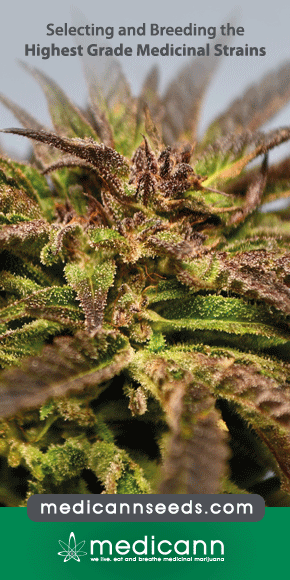[Cannabinoid therapy in practice]
In recent years, the media and scientists have shown increased interest in cannabis-based drugs. Background information about cannabis-based drugs and their mechanism of action as well as discussion of possible applications as supportive therapy or in palliative medicine, respectively, are presented. In most cases, today’s assessment of cannabinoids relies on studies that are classified as low evidence. Therefore, further studies which involve more participants and evaluate long-term effects are needed.




